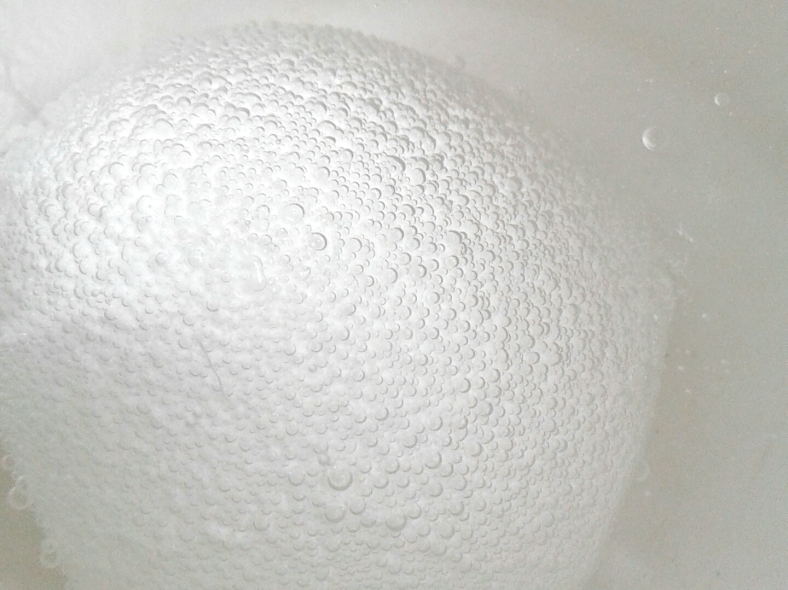This post is to caution you if you are adding vinegar, acetic acid, to your aquarium such as using DIY Ca and Mg. Acetate is an organic carbon source that bacteria will use to multiply out of control resulting in a bloom that can remove all the oxygen and suffocate fish and other animals.
Today, I added a cup full of calcium acetate to the aquarium. Within the hour, I noticed that the water became slightly cloudy. By the end of the day, it was even more turbid. This happened before when I added magnesium acetate but it cleared up in 24 hours. But this time, it was much worse and fish, shrimp, and snails were all at the surface gasping for air. I immediately knew that the bloom had removed almost all of the oxygen so I quickly grabbed an air pump and started to aerate full blast. One of the rasboras was listless so I netted her out and tried to revive her in another tank but it was too late. She died.
I started to empty out 50% of the water while aeration continued. Slowly, the fish, shrimp, and snails stopped gasping at the surface. After refilling, I found another female rasbora deep in the plants. She had also died.
What was interesting today was that CO2 was much higher than it should have been, 40+mg/L according to the pH/KH table. There also wasn’t any pearling from any of the plants at any time during the day. This was really odd. But considering what happened, what was probably going on was that the bacteria was consuming so much oxygen that the plants couldn’t keep up with the demand. When the photoperiod ended, the plants stopped photosynthesizing and oxygen levels dropped. Then within an hour and a half, it crashed. Luckily, I came down and noticed what was going on or I would have woken up in the morning and realized I had nothing to feed.
I wont know the extent of the damage until tomorrow. It’s possible that there were more fish deaths but I can’t see through the turbidity. There are two Otos but I can see only one swimming around.






